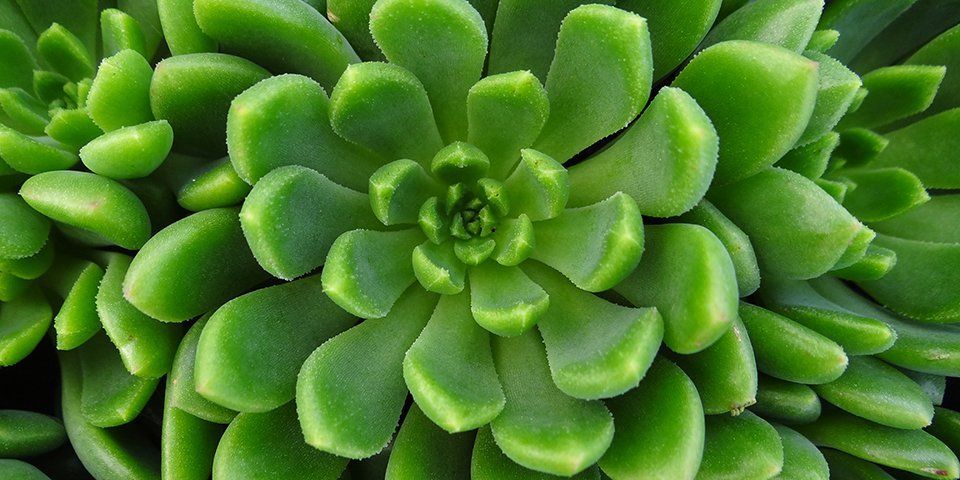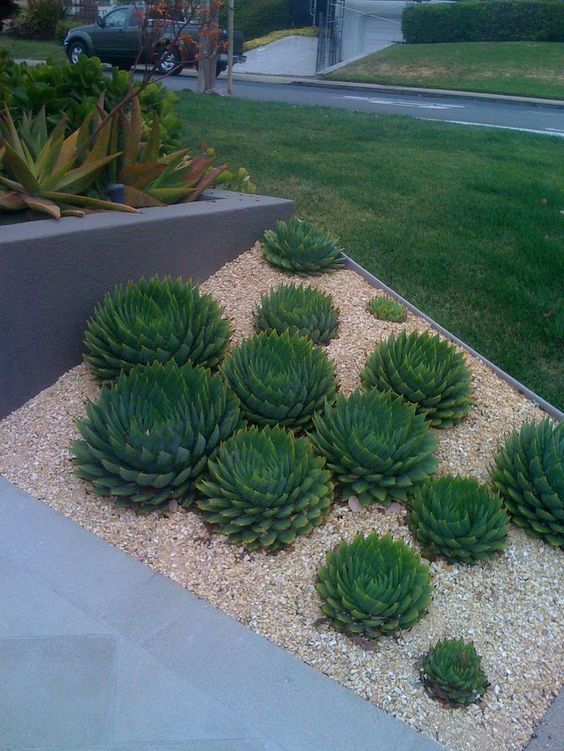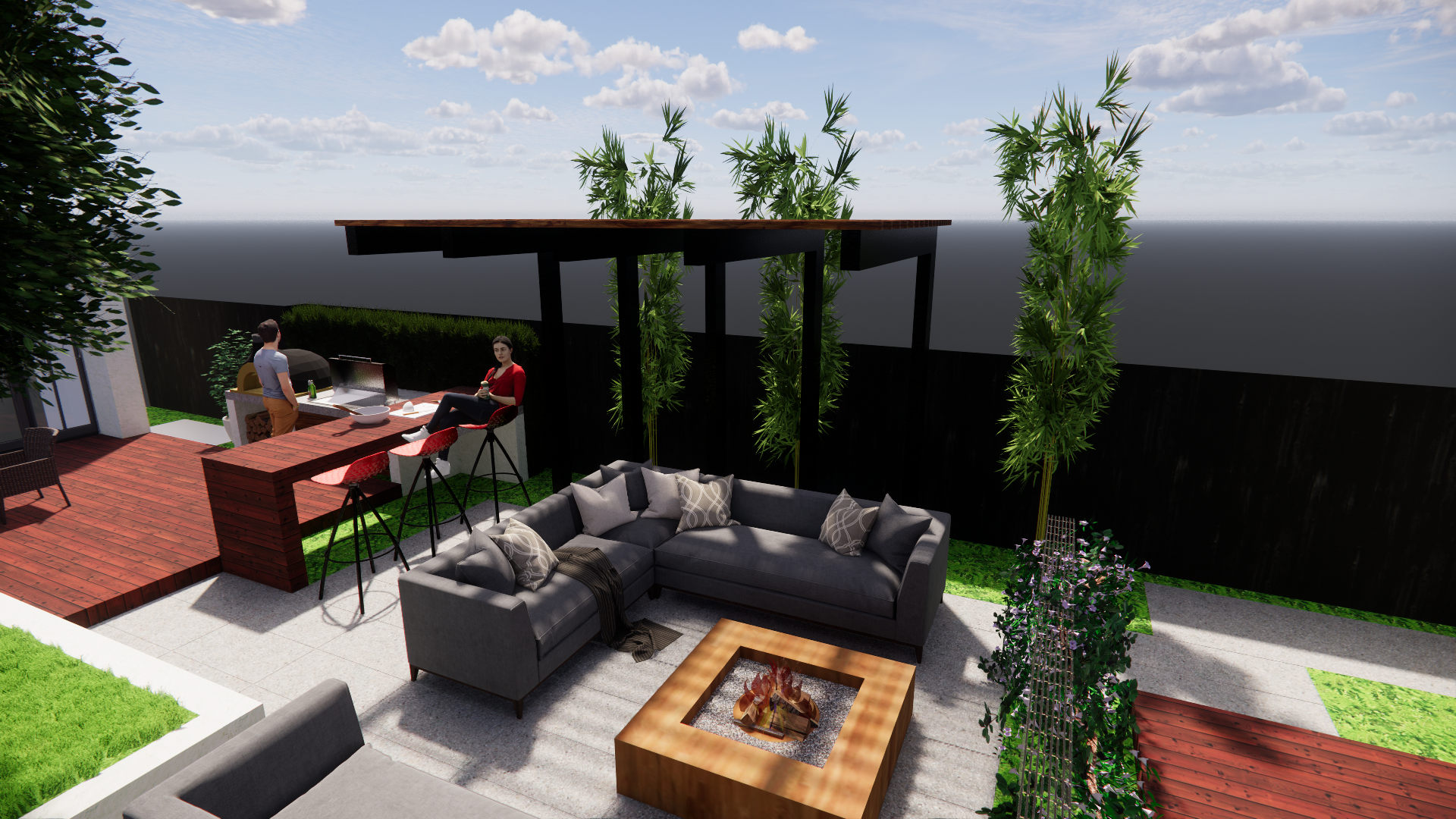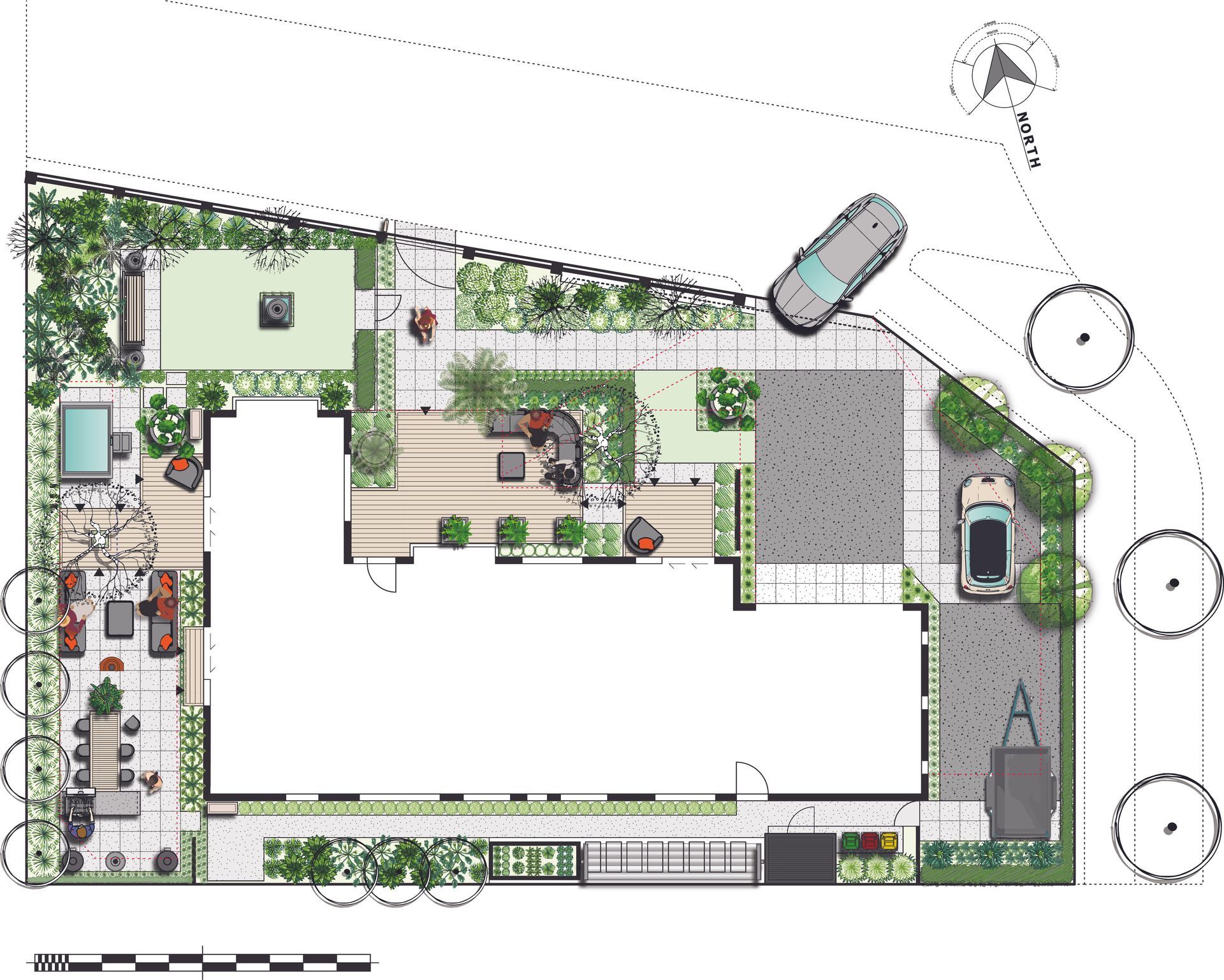Blog Layout
What is drought tolerant gardening?
Luke Robertson • Jan 14, 2020
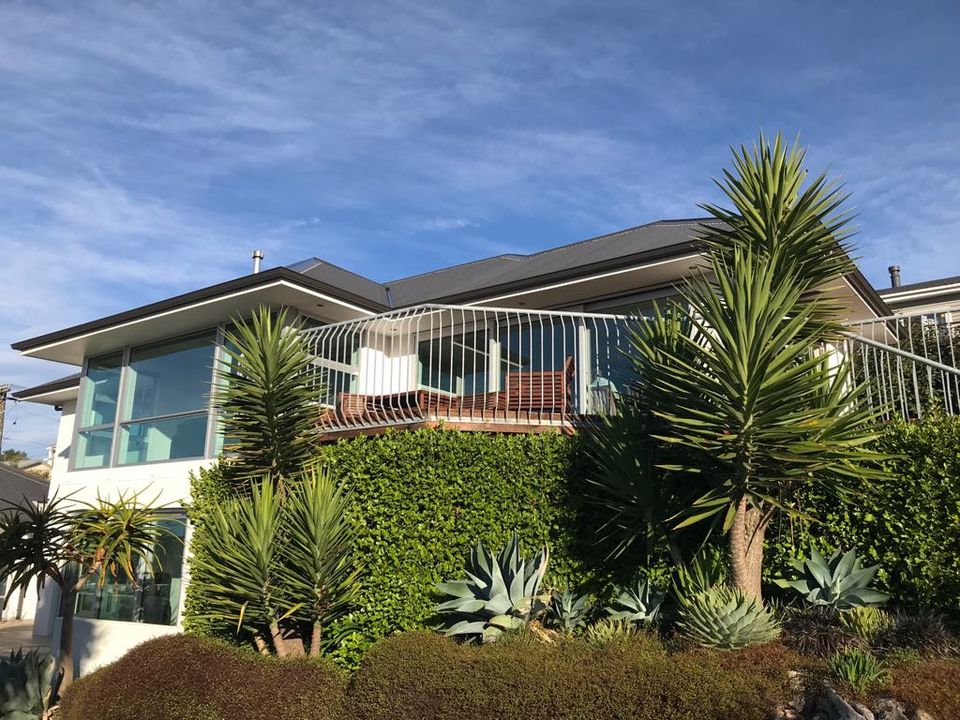
Drought tolerant gardening is the process of landscaping or gardening that reduces or eliminates the need for supplemental water from irrigation.
It is promoted in regions that do not have accessible, plentiful, or reliable supplies of fresh water and is gaining acceptance in other regions as access to irrigation water is becoming limited.
Plants whose natural requirements are appropriate to the local climate are emphasised, and care is taken to avoid losing water to evaporation and run off.
The specific plants used in drought tolerant gardening depend upon the climate. Drought tolerant landscaping is different from natural landscaping because the emphasis is on selection of plants for water conservation, not necessarily selecting native plants.
With recreation time at a premium, and a growing global concern for the supply of water, savvy gardeners and designers are adopting drought tolerant principles into every part of their landscape design. Until recently, drought tolerant plants and designs have most commonly been a feature around commercial sites, roundabouts and traffic islands. As water conservation awareness grows, drought tolerant landscape design is catching on – particularly in regions like Central Otago, Canterbury and wind windswept coastal areas of New Zealand.
The trick to drought tolerance is choosing a landscape designer
who can select plant species that are appropriate for your climate. Natives are an obvious choice, as they naturally grow in the local conditions, however, introducing exotic species into the design can achieve stunning looking gardens.
A mix of native and exotic species will provide great contrast of colours and textures creating a more visually attractive design with more seasonal interest.
Some of our favourite cold hardy exotic species for drought tolerant landscape designs are:
• Aloe Polyphylla
• Agave
• Lomandra
• Agapanthus
• Yucca
• Palm trees
A drought tolerant landscape design does not have to be comprised exclusively of natives or drought tolerant plants. By ‘hydro zoning’ or grouping plants with similar water needs together in your landscape design, your drought tolerant design can accommodate a range of plant options to achieve an overall look.
Plants that require more water are placed in a shady spot or closer to a water source. With careful planning, contouring and understanding of natural drainage patterns, the landscape itself can be used to fully guide water to areas of the garden where it will be most beneficial. Terracing can stem soil erosion, while mounds and berms at the edges of the garden will help redirect water flow back into the garden.
If your landscape design requires the use of impermeable materials like solid concrete pathways, then shape them to direct surface water back into planted areas. In a true drought tolerant landscape, more porous paving options like gravel, flagstones and pavers are not only preferable, they also provide natural looking, sculptural elements and tonal options.
Tips and tricks to drought proof your landscape
Mulch – gravel or stones, bark, compost
If you do water your garden over summer, ensure the soil has a good covering of mulch. Ideally, mulching can wait until Autumn when the garden is cut back as bare earth loses water quickly, so it’s best to keep it covered.
• A thick layer of mulch keeps the moisture in and weeds out. Mulch should be at least 6cm thick and applied twice a year.
Water
• Good regular deep watering (long periods of time, once or twice a week) is more beneficial to the garden than short shallow watering’s (20 minutes or less every day).
• Ensure water is being applied to the soil and not blown away by wind. Dripline installed under mulch is the best option.
Shelter
• Where possible, provide wind protection to the garden as this will minimise water loss from the soil.
Design
• Seek the advice of an expert to redesign your landscape to maximise the visual effect of your landscape, as well as minimising water requirements.
Our clients who have undertaken a full landscape design
to maximise their space, have never looked back.
If your garden and outdoor landscape no longer meets your lifestyle and how you use the space, give Luke Robertson a call on 027 688 4155
to start the process.
Epic News

24 Aug, 2020
Epic Landscape Design's Luke Robertson was asked his advice on how to landscape a lifestyle block by www.stuff.co.nz. Check out the article here If you need assistance with your lifestyle block on indeed any landscape design project in Christchurch or Canterbury please don't hesitate to contact Luke !
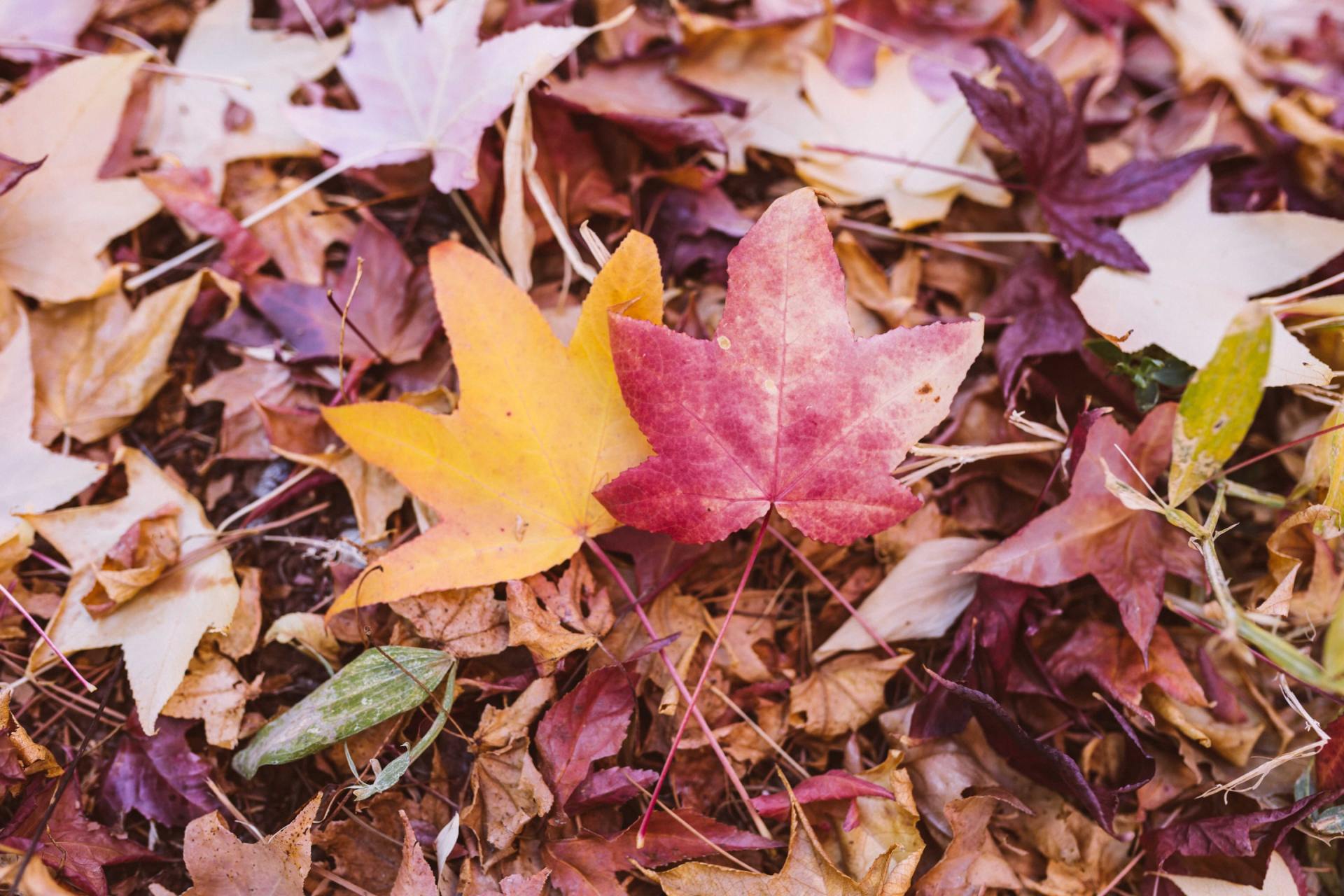
04 Apr, 2020
Gardens are an important feature of any home, but many homeowners fall into the trap of concentrating on spring and summer flowering plants and shrubs to bring them joy. A well-planned garden should give you year-round satisfaction, and autumn is a season to enjoy a blaze of spectacular colours. Now is the time that you need to start planning your landscape design to introduce trees and shrubs for autumn colour. The Christchurch and Canterbury climate does not suit all types of trees and shrubs, so it’s important that you take advice before getting busy buying and planting. Here’s a selection of some easy to grow trees and shrubs that can brighten your autumn garden. These are just a few of the hundreds available, and we can talk about your many options during an EPIC landscape consultation .
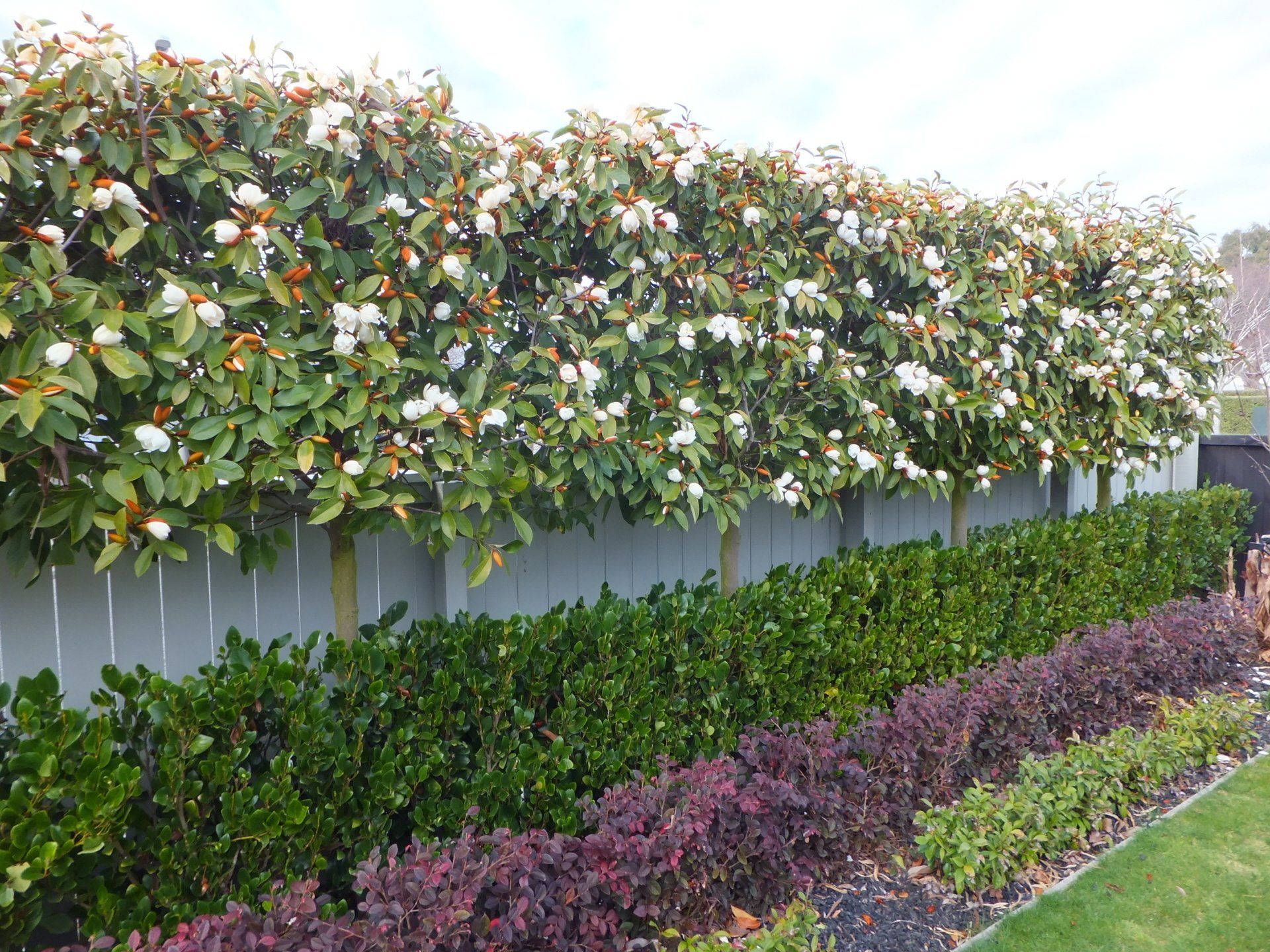
by Luke Robertson
•
02 Jan, 2020
One of the most satisfying experiences we commonly come across is dealing with clients who admit they are not green-thumbed, however, by the end of the design and construction process, they have become inspired to learn how to maintain their new landscape to be the best it can be. But what should you have in the tool shed? It’s easy to go overboard when purchasing gardening tools and it can be overwhelming to walk into a hardware shop and know what to buy. So, to give you an idea of the essential ‘tools’ you need, we’ve put together a list of our top 10 essential garden tools you should look at purchasing to make your job easier. Tools can take up a lot space and cost a lot of money, but staying focused on the basics can keep your shed or storage area from becoming overcrowded. There’s always bigger and better; but buying the best quality tools that your budget will allow, and maintaining them, can go a long way in getting the most out of your investment.
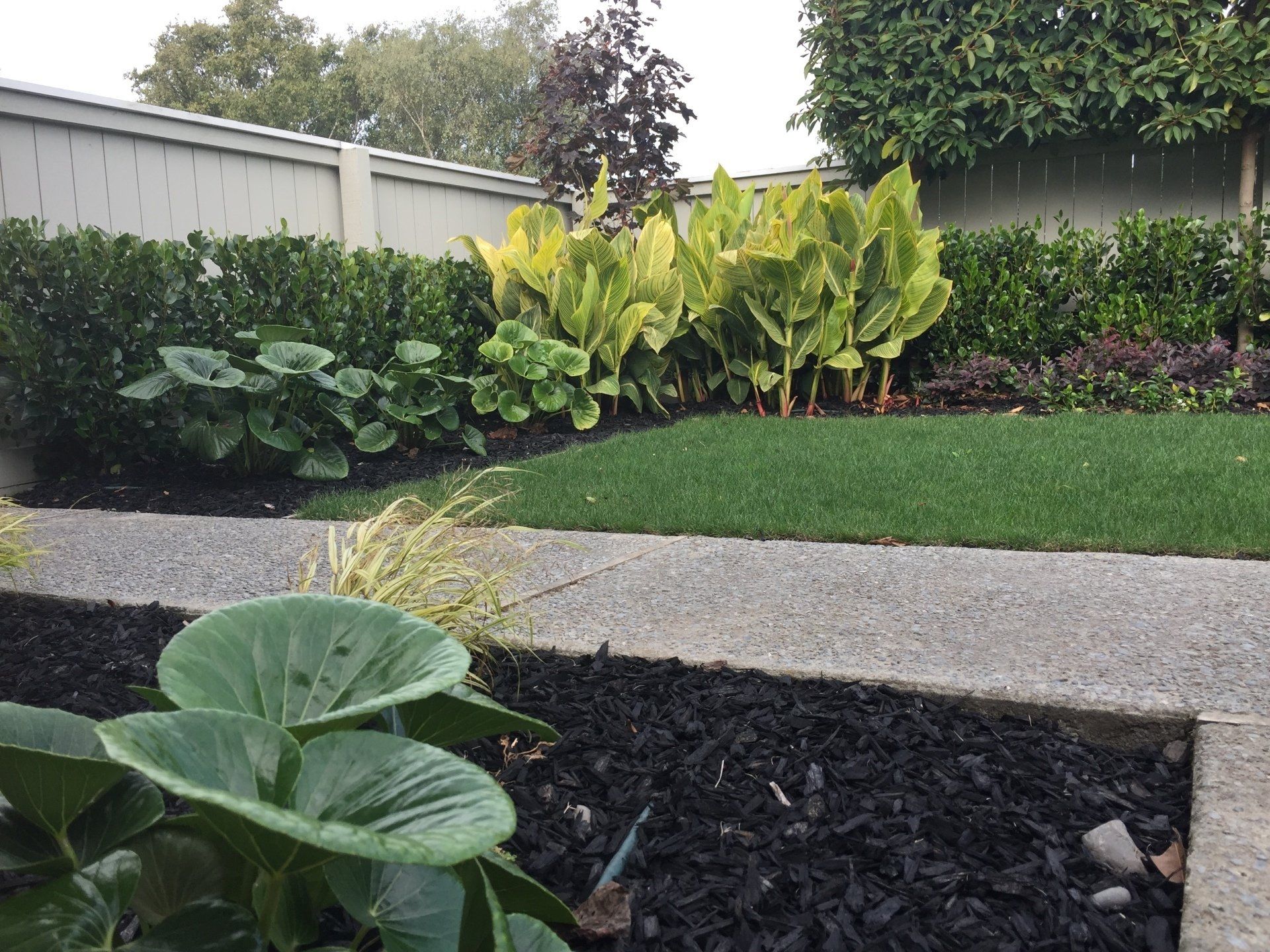
by Luke Robertson
•
11 Oct, 2019
As a landscape designer in Christchurch, Ligularia reniformis is one our our favorite plants to use as it provides stunning colour and texture to the garden. It does have one draw back which is winter but Don’t panic its totally normal for your tractor seat plants to suffer a little over winter. The frost is what has caused the damage and your plants will naturally grow back in the springtime. In their native environment these plants are winter dormant. The Christchurch climate is borderline for them and dependent on their placement at your property they will either hibernate over winter if they get frosted or too cold, if they are protected they will continue to look great all year round. If your tractor seats do get frosted its best to leave the burnt foliage on for as long as you can bear looking at it as it will provide some protection to the plant for the remainder of winter. In springtime cut the damaged foliage back to ground level and you will soon see the new growth starting to appear. Once you have cut the damaged foliage off we recommend applying a good 12 month slow release fertiliser and a child and pet friendly slug bait to reduce any damage which may occur.

by Luke
•
25 Sept, 2019
With the arrival of spring, many people are starting to get their gardens and outdoor spaces ready for summer. The influx of warmer weather and a dry winter here in Christchurch has meant many gardens require regular irrigation to encourage growth and thrive in our drier climate. I am often asked by clients, how often should you water your gardens and lawns to achieve good growth and plant health.

